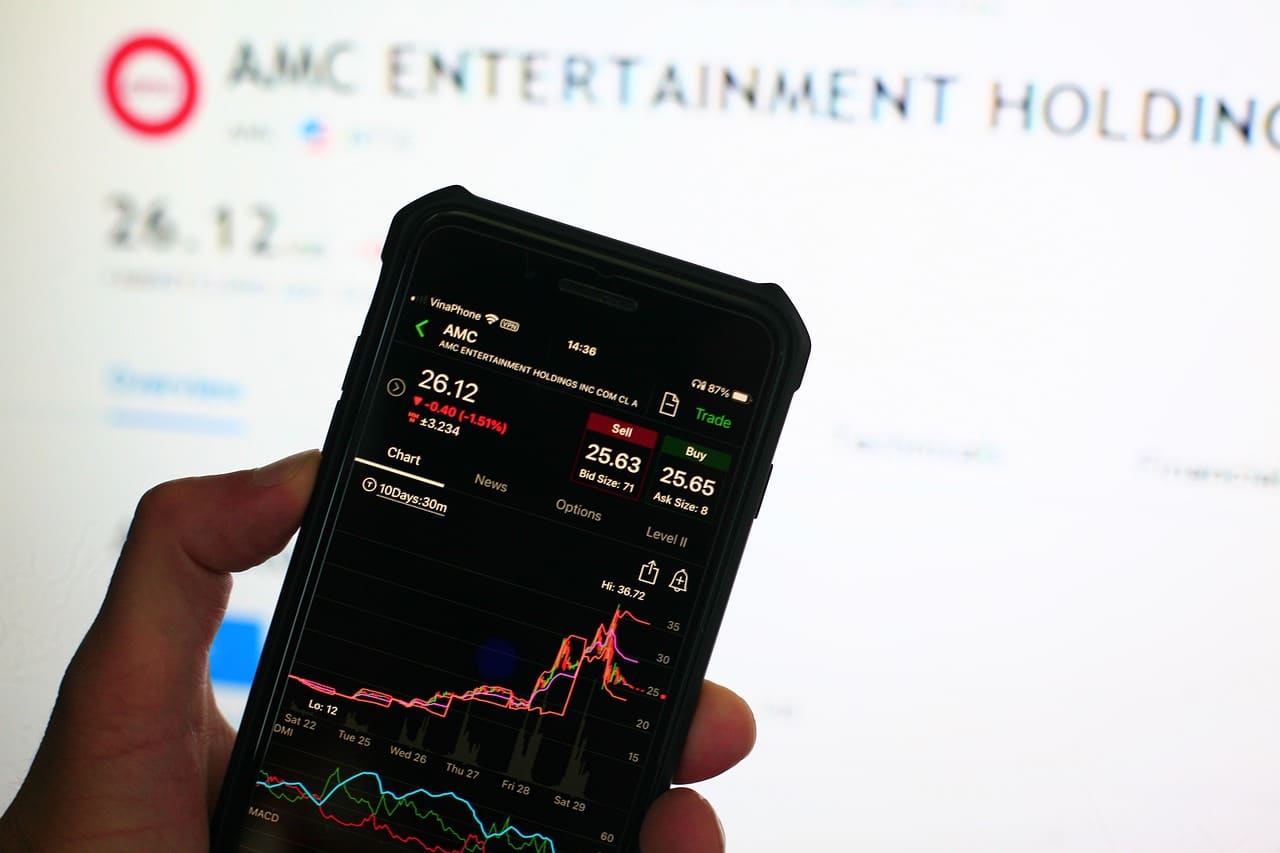Did you know that since its launch in 2013, Robinhood has transformed the way millions of individuals engage with the stock market, making trading accessible to everyone? Its revolutionary commission-free model has significantly changed the investing landscape, appealing particularly to younger and tech-savvy investors.
The Origin Story of Robinhood
The Founders’ Vision
Robinhood was co-founded by Vladimir Tenev and Baiju Bhatt in 2013, with a vision to democratize finance for all. They noticed that traditional brokerage firms charged high fees that disproportionately affected smaller investors. The founders sought to eliminate these barriers, leading to the creation of a trading platform that not only allowed commission-free trading but also featured an intuitive mobile app. This accessibility encouraged a new generation of investors to participate in the stock market.
Launch and Growth
Robinhood launched its platform in March 2015 with a simple mobile application offering commission-free trading on stocks. The app quickly gained traction, receiving millions of downloads within months. By 2019, Robinhood had amassed over 10 million users, becoming one of the fastest-growing financial services in history. The combination of eliminating commissions, providing a user-friendly interface, and introducing features like cryptocurrency trading rapidly propelled Robinhood into the spotlight.

robinhood
Current Trends and Statistics
User Demographics
According to recent statistics, over 18 million users now rely on Robinhood for their trading needs. A significant portion of its user base comprises Millennials and Gen Z investors, who are drawn to the platform’s simplicity and accessibility. Approximately 49% of Robinhood accounts are held by individuals aged 18 to 34, indicating that younger generations are reshaping the market with their investment strategies.
Market Influence
Moreover, Robinhood’s influence extends to market movements. The platform has been credited with driving significant buying activity in various stocks, particularly during the pandemic when many individuals turned to trading as a potential avenue for income. High-profile events like the GameStop short squeeze showcased the power of retail investors utilizing Robinhood’s platform, emphasizing the growing significance of individual traders in the stock market.
Practical Tips for Using Robinhood
Understanding the Features
To maximize your experience on Robinhood, take the time to explore its various features. The platform offers options trading, margin accounts, and its innovative “Cash Management” feature, which allows users to earn interest on uninvested cash. Familiarizing yourself with these tools can help you make more informed decisions and capitalize on potential investment opportunities.
Staying Educated
Investing always carries risks, and though Robinhood offers easy access to markets, it’s vital to stay educated. Explore educational resources like Robinhood Snacks and their blog which offer daily updates and insights into market trends. Engaging with financial news and analysis can increase your understanding of market dynamics and aid better investment choices.
Future Predictions and Innovations
Continued Growth and Adaptation
Looking ahead, Robinhood is likely to continue expanding its offerings, possibly venturing into new asset classes and innovative investment products. As they’ve already ventured into cryptocurrency and fractional shares, further enhancements to these features may cater to diverse investor needs and deepen user engagement.
Regulatory Landscape and Challenges
Robinhood may also face increased scrutiny from regulators as retail trading continues to grow. Emphasizing transparency and user protection will be crucial for Robinhood’s future. Adapting to regulatory changes and maintaining compliance will be essential for sustaining the trust of its user base and ensuring long-term viability in the evolving financial landscape.
Final Thoughts on Robinhood
Robinhood has revolutionized the investing landscape by making trading accessible and affordable for everyday investors. Its zero-commission structure, user-friendly interface, and innovative features cater to both novice and experienced traders. However, it’s essential to remain mindful of its limitations and challenges, including the current debates surrounding regulation and user education.
Further Reading and Resources
1. “The Robinhood Effect: How Commission-Free Trading is Changing Investing” – This article explores the broader implications of commission-free trading and how it’s shaping the investing habits of millennials and Gen Z investors. It offers insights on market trends and investor behavior that are critical for understanding Robinhood’s impact.
2. “Navigating the Risks of Day Trading on Robinhood” – Investopedia provides an in-depth look at day trading, specifically on the Robinhood platform. This resource is vital for investors looking to understand the risks and potential pitfalls of this trading style.
3. “A Comprehensive Guide to Getting Started with Robinhood” – This beginner-friendly guide helps new users navigate the app, covering account setup, trading basics, and investment strategies. It’s an excellent resource for those new to the investment world and seeking step-by-step assistance.
4. “The Robinhood IPO: What to Expect” – This article reviews the factors surrounding Robinhood’s anticipated IPO, including financial projections, competitive positioning, and investor sentiments. An essential read for those interested in the potential future of the company and its market influence.
5. “Regulatory Challenges Facing Robinhood” – Published by The Wall Street Journal, this resource discusses the legal and regulatory issues Robinhood has faced, offering a deeper understanding of the ongoing scrutiny in the financial services industry. It’s important for investors to be informed about these challenges when using the platform.